Grooming is not just about making your furry friend look cute – it’s an essential part of maintaining their overall health and well-being.
Whether you’re a seasoned pet owner or a newbie, mastering the basics of dog grooming, such as bathing, brushing, and nail trimming, is crucial for keeping your canine companion happy and healthy.
In this guide, we’ll walk you through some essential dog grooming tips to ensure your pup looks and feels their best while mastering basic dog grooming techniques that will benefit both you and your furry friend.
Contents Overview
Preliminary Summary
Mastering basic dog grooming is not just about keeping your furry friend looking adorable; it’s also a fundamental aspect of their overall health and happiness.
By investing in essential grooming tools like brushes, combs, and nail clippers, and learning simple techniques such as brushing bathing, and nail trimming, you can ensure your dog’s coat stays shiny, their nails remain trimmed, and their ears stay clean.
Starting grooming routines early and incorporating positive reinforcement can turn grooming sessions into enjoyable bonding experiences for both you and your pet.
So, whether you’re a seasoned dog owner or a novice, mastering basic grooming skills will not only keep your pup looking fabulous but also promote their well-being and strengthen your special connection.
Why Grooming Matters
Dog grooming encompasses various activities aimed at maintaining a dog’s hygiene and appearance. It involves brushing, bathing, nail trimming, ear cleaning, and more.
Beyond just aesthetics, grooming plays a pivotal role in keeping our canine friends healthy and happy.
Benefits of Dog Grooming
Grooming isn’t just about vanity; it’s about maintaining your dog’s overall health and happiness. Here’s why grooming is essential
1- Maintaining Skin and Coat Health
- Regular brushing removes dirt, debris, and loose hair, preventing matting and tangling.
- Stimulates oil production in the skin, promoting a healthy, shiny coat.
- Helps distribute natural oils throughout the fur, preventing dryness and irritation.
2- Preventing Parasites and Skin Conditions
- Grooming allows early detection of ticks, fleas, or skin abnormalities, preventing infestations and infections.
- Regular bathing helps eliminate parasites and reduces the risk of skin-related issues.
3- Enhancing Comfort and Well-being
- Trimming nails prevents overgrowth, which can lead to discomfort or difficulty walking.
- Cleaning ears removes excess wax and debris, reducing the risk of infections and discomfort.
4- Reducing Shedding and Allergens
- Brushing removes loose fur, minimizing shedding and allergens in the home.
- Regular grooming can be particularly beneficial for allergy sufferers, as it reduces the spread of dander.
5- Promoting Bonding and Socialization
- Grooming sessions provide valuable bonding time between pet and owner, strengthening the human-animal bond.
- Regular handling during grooming helps dogs become more accustomed to human touch, aiding in socialization.
6- Early Detection of Health Issues
- Regular grooming allows owners to spot abnormalities such as lumps, bumps, or skin irritations, prompting timely veterinary attention.
- Monitoring changes in a dog’s physical condition during grooming can help detect underlying health issues early.
Essential Dog Grooming Tools
Now, let’s delve into the essential grooming tools every dog owner should have.
1- Slicker Brush
A slicker brush is a must-have for dogs with medium to long coats or those prone to shedding. It features fine wire bristles that effectively remove loose fur, tangles, and mats without causing discomfort to your furry friend.
2- Bristle Brush
Ideal for dogs with short coats, bristle brushes help distribute natural oils, remove dirt, and give your dog’s coat a glossy finish. They are gentle and perfect for daily grooming sessions to keep your dog looking sleek and clean.
3- Comb
Combs are indispensable for detangling stubborn knots and ensuring your dog’s coat is smooth and mat-free. Look for a comb with both wide and narrow teeth to tackle different areas of your dog’s coat effectively.
4- Nail Clippers
Trimming your dog’s nails is essential for preventing overgrowth, which can lead to discomfort and difficulty walking. Invest in a quality pair of nail clippers designed specifically for dogs, ensuring you don’t cut too close to the quick.
5- Dog-Specific Shampoo
Using a shampoo formulated specifically for dogs is vital to maintaining a healthy coat and skin pH balance. Avoid using human shampoos, as they can strip your dog’s coat of natural oils and cause irritation.
6- Ear Cleaner
Regularly cleaning your dog’s ears helps prevent infections and removes wax buildup. Opt for a gentle, dog-specific ear cleaner and cotton balls to keep your pup’s ears clean and healthy.
7- Toothbrush and Toothpaste
Don’t overlook dental care! Brushing your dog’s teeth regularly can prevent dental issues such as tartar buildup and gum disease. Use a dog-specific toothbrush and toothpaste to ensure your pup’s pearly whites stay sparkling clean.
8- Grooming Table
While not essential, a grooming table can make the grooming process much more manageable, especially for larger dogs. It provides a stable surface for grooming and helps reduce strain on your back.
Mastering Basic Dog Grooming Techniques
Now, let’s explore the fundamental grooming techniques every dog owner should master:
1- Brushing
- Start with a gentle brush to remove any loose hair and debris.
- Brush in the direction of hair growth, paying extra attention to areas prone to matting like behind the ears and under the legs.
- Use a comb to detangle any knots, starting from the tips and working your way up.
- Finish with a slicker brush for a smooth, shiny coat.
2- Bathing
- Before bathing, brush your dog to remove tangles and mats.
- Use lukewarm water and wet your dog thoroughly, avoiding their ears and eyes.
- Apply dog shampoo and lather gently, focusing on areas that are dirty or smelly.
- Rinse thoroughly to remove all traces of shampoo, as leftover residue can cause skin irritation.
- Towel dry your dog or use a blow dryer in a low, cool setting.
3- Nail Trimming
- Trim your dog’s nails regularly to prevent them from becoming too long and causing discomfort.
- Use sharp, guillotine-style nail clippers and trim just the tip of the nail, avoiding the quick (the pink area containing blood vessels and nerves).
- If you’re unsure, seek guidance from a professional groomer or veterinarian.
4- Ear Cleaning
- Check your dog’s ears regularly for dirt, wax buildup, or signs of infection.
- Use a dog-specific ear cleaner and cotton balls to gently wipe the outer ear, avoiding going too deep into the ear canal.
- If you notice any redness, swelling, or discharge, consult your veterinarian.
5- Dental Care
- Brush your dog’s teeth regularly using a dog-specific toothbrush and toothpaste.
- Start slowly, allowing your dog to get used to the taste and sensation of brushing.
- Focus on the outer surfaces of the teeth, using gentle, circular motions.
6- Eye Care
- Check your dog’s eyes regularly for any signs of irritation, discharge, or redness.
- Use a damp cloth or cotton ball to gently wipe away any discharge or debris from the corners of their eyes.
- If you notice persistent or concerning eye issues, consult your veterinarian for further evaluation.
7- Anal Gland Expression
- Some dogs may require their anal glands to be expressed regularly to prevent discomfort or infection.
- Consult your veterinarian or a professional groomer for guidance on how to safely express your dog’s anal glands if needed.
8- Trimming Hair Around Paws and Hygiene Areas
- Trim the hair around your dog’s paws regularly to prevent matting and discomfort.
- Also, keep the hair around their hygiene areas (genitals and anus) trimmed to maintain cleanliness and prevent odor buildup.
9- Skin Inspection
- Regularly inspect your dog’s skin for any abnormalities such as lumps, bumps, rashes, or hot spots.
- Pay attention to changes in their skin condition, such as dryness, flakiness, or redness, which may indicate underlying health issues.
10- Coat Conditioning
- Consider using a dog-specific conditioner after bathing to help maintain your dog’s coat health and shine.
- Conditioning can help detangle hair, reduce static, and keep the coat moisturized, especially for breeds with long or dense fur.
Tips for a Successful Grooming Session
1- Preparing the Environment
Before diving into grooming, set the stage for success by creating a calm and comfortable environment for your pup.
- Choose a quiet, well-lit area free from distractions.
- Lay out all grooming tools and supplies within reach.
- Place a non-slip mat on the grooming surface to prevent accidents.
2- Gathering the Right Tools
Having the appropriate grooming tools is essential for achieving professional results and ensuring your dog’s comfort.
- Invest in high-quality brushes, combs, nail clippers, and scissors suitable for your dog’s coat type.
- Opt for grooming products such as shampoos, conditioners, and detanglers formulated specifically for dogs.
3- Establishing a Routine
Consistency is key when it comes to grooming. Establishing a regular grooming schedule not only keeps your dog looking tidy but also promotes bonding and reduces anxiety.
- Determine how often your dog needs grooming based on their breed, coat type, and activity level.
- Stick to a grooming routine that includes brushing, bathing, nail trimming, ear cleaning, and dental care.
4- Brushing Techniques
Proper brushing is fundamental for maintaining your dog’s coat health and minimizing shedding. Mastering the right brushing techniques can make a significant difference in your grooming sessions.
- Use a slicker brush for removing loose hair and tangles, starting from the bottom and working your way up.
- Utilize a bristle brush to distribute natural oils and add shine to your dog’s coat.
- Be gentle and patient, especially in sensitive areas like the belly and ears.
5- Bathing Basics
While some dogs enjoy splashing around in the water, others may find bath time stressful. Follow these bathing basics to ensure a pleasant experience for both you and your pup.
- Use lukewarm water and a mild dog shampoo to avoid skin irritation.
- Thoroughly rinse your dog’s coat to remove all traces of shampoo.
- Towel dry your dog and finish with a blow dryer on a low heat setting, if necessary.
6- Nail Trimming Tips
Trimming your dog’s nails is a crucial part of grooming that many pet owners find intimidating. However, with patience and the right technique, nail trimming can be a breeze.
- Familiarize your dog with the sight and sound of nail clippers before attempting to trim their nails.
- Use sharp, guillotine-style nail clippers to make clean cuts and avoid crushing the nail.
- Take it slow and trim small amounts of the nail at a time to prevent cutting quickly.
7- Handling Ear Care
Proper ear care is essential for preventing infections and maintaining your dog’s overall health. Incorporate regular ear inspections and cleanings into your grooming routine.
- Gently examine your dog’s ears for redness, swelling, or discharge.
- Clean your dog’s ears with a veterinarian-recommended ear cleaner and cotton balls, being careful not to insert anything into the ear canal..If you notice any signs of infection or discomfort, consult your veterinarian promptly.
Bottom Line
Regular grooming is essential for keeping your dog healthy, comfortable, and looking their best.
By incorporating these basic grooming tips into your routine, you can ensure that your furry friend enjoys a lifetime of good health and happiness.
Remember to approach grooming with patience, gentleness, and plenty of praise and rewards to make it a positive experience for your pup.
With proper care and attention, your dog will not only look fabulous but also feel fantastic!
Master Basic Dog Grooming – Key Takeaways
- Importance: Grooming is vital for your dog’s health, preventing issues like matting, shedding, and skin problems.
- Tools: Invest in brushes, combs, nail clippers, ear cleaners, and dog shampoo for effective grooming.
- Techniques: Brush regularly, bathe with a gentle shampoo, trim nails, clean ears, and trim excess fur.
- Tips: Start grooming early, take breaks if needed, use positive reinforcement, and be patient.
- Conclusion: Basic grooming enhances your dog’s appearance and well-being, strengthening your bond and keeping them healthy and happy.

Introducing Angie Pistou, a certified Dog Groomer/Stylist trained at Sue Oliver Dog Grooming School. As a member of ICMG (International Certified Master Groomers), Angie is dedicated to excellence, currently working towards achieving Master Groomer Level 3.


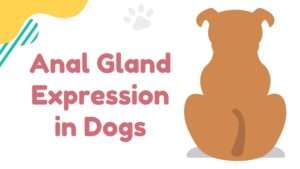
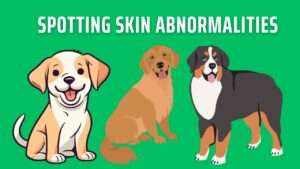
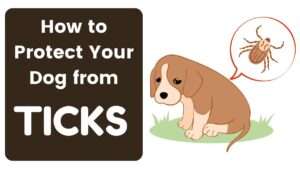
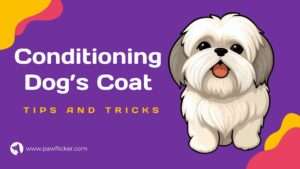
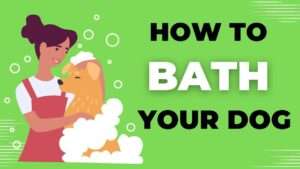
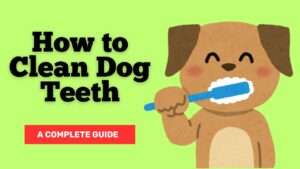
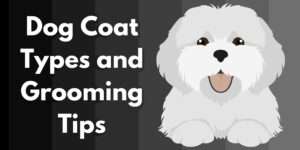
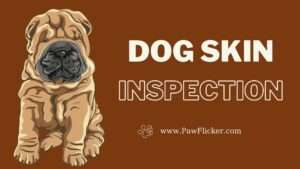
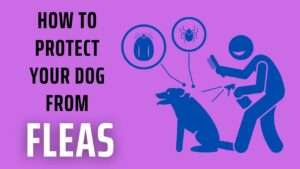
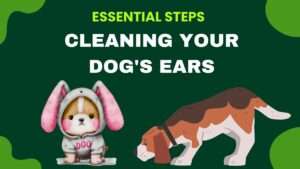
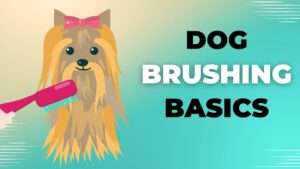
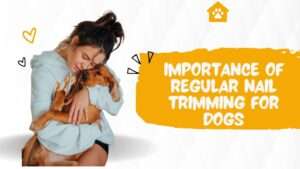
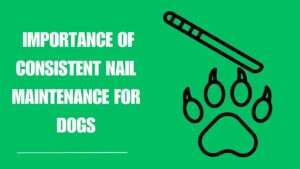
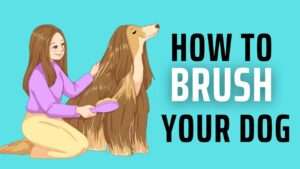
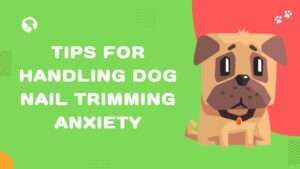
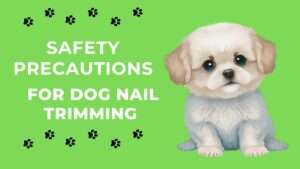

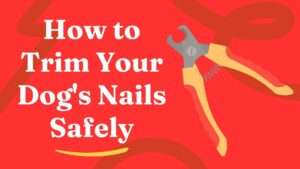
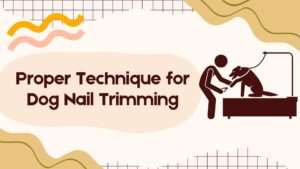

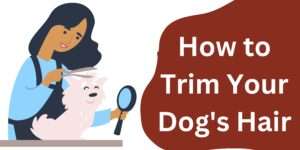
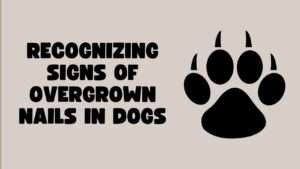







+ There are no comments
Add yours